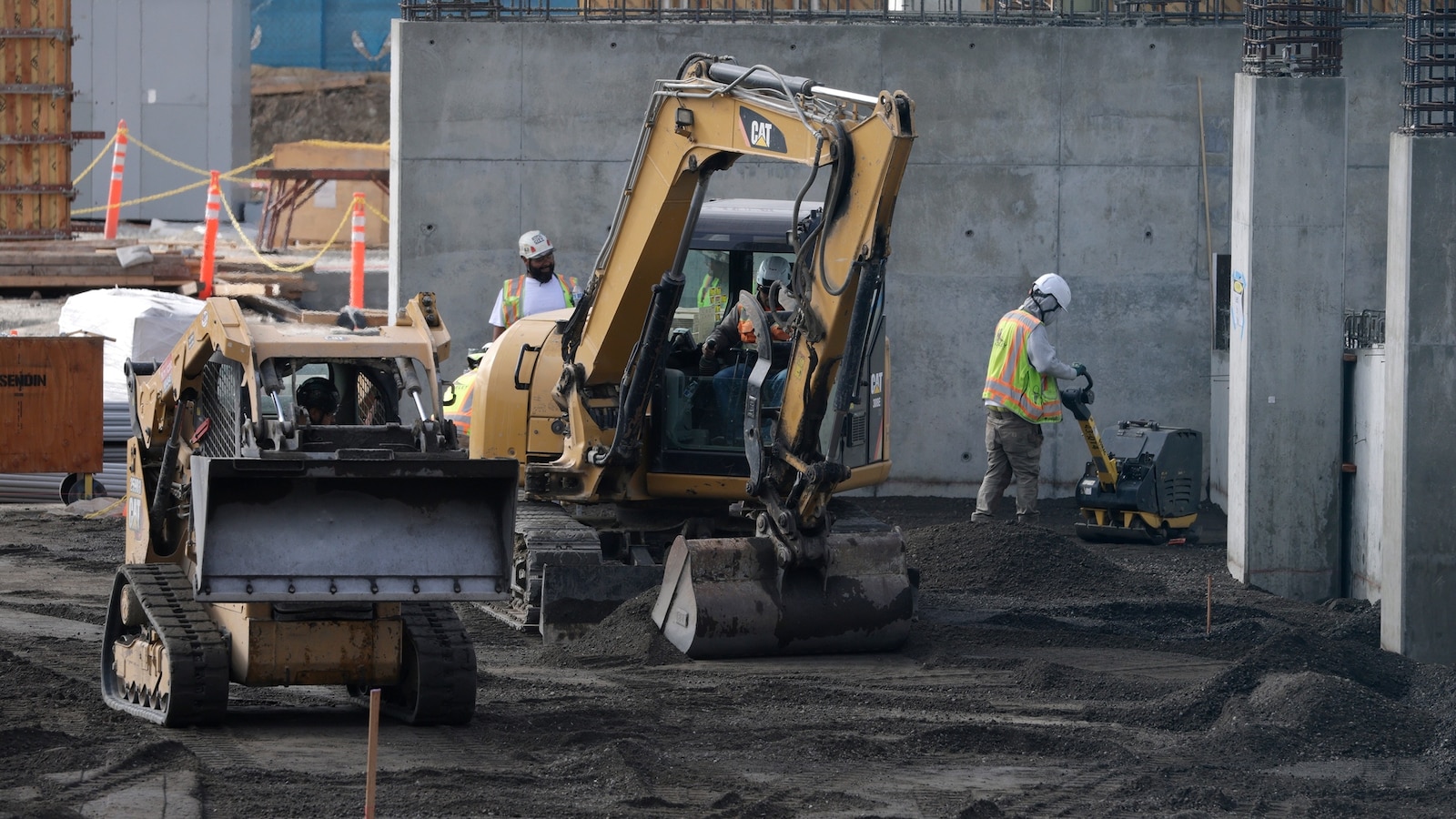Navigating a Hard Insurance Market | What is a Hard Insurance Market?
You’ve likely heard the terms hard market or market hardening in insurance. So what is a hard insurance market, what causes it and how often does it happen? If you’ve had conversations about insurance in recent months, you’ve likely heard the terms “hard market” or “market hardening.” Many policyholders are experiencing dramatic rate increases that pinch budgets.The Insurance Risk Management Institute (IRMI) defines a hard market as an “upswing in a market cycle when premiums increase and capacity (the supply of insurance available to meet demand) for most types of insurance decreases.” That means insurance is more expensive and harder to obtain.Rising inflation and supply chain issues are adding to the woes. And many insureds are learning their current policies have insufficient property values and improper limits. Rectifying these gaps will add to insureds’ costs for the foreseeable future, prolonging the hard market.Typically, hard markets are shorter in duration than soft markets. For example, compare the hard market of 2001-2004 to the soft market of 2004-2019. Unfortunately, this current hard market is likely to persist.





